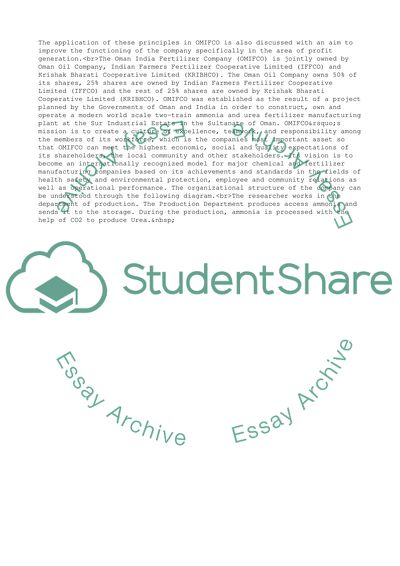Cite this document
(Application of Beer's Viable Systems Model and Senge's Five Discipline Research Paper, n.d.)
Application of Beer's Viable Systems Model and Senge's Five Discipline Research Paper. Retrieved from https://studentshare.org/business/1729669-make-decision-making
Application of Beer's Viable Systems Model and Senge's Five Discipline Research Paper. Retrieved from https://studentshare.org/business/1729669-make-decision-making
(Application of Beer's Viable Systems Model and Senge'S Five Discipline Research Paper)
Application of Beer's Viable Systems Model and Senge'S Five Discipline Research Paper. https://studentshare.org/business/1729669-make-decision-making.
Application of Beer's Viable Systems Model and Senge'S Five Discipline Research Paper. https://studentshare.org/business/1729669-make-decision-making.
“Application of Beer's Viable Systems Model and Senge'S Five Discipline Research Paper”, n.d. https://studentshare.org/business/1729669-make-decision-making.


